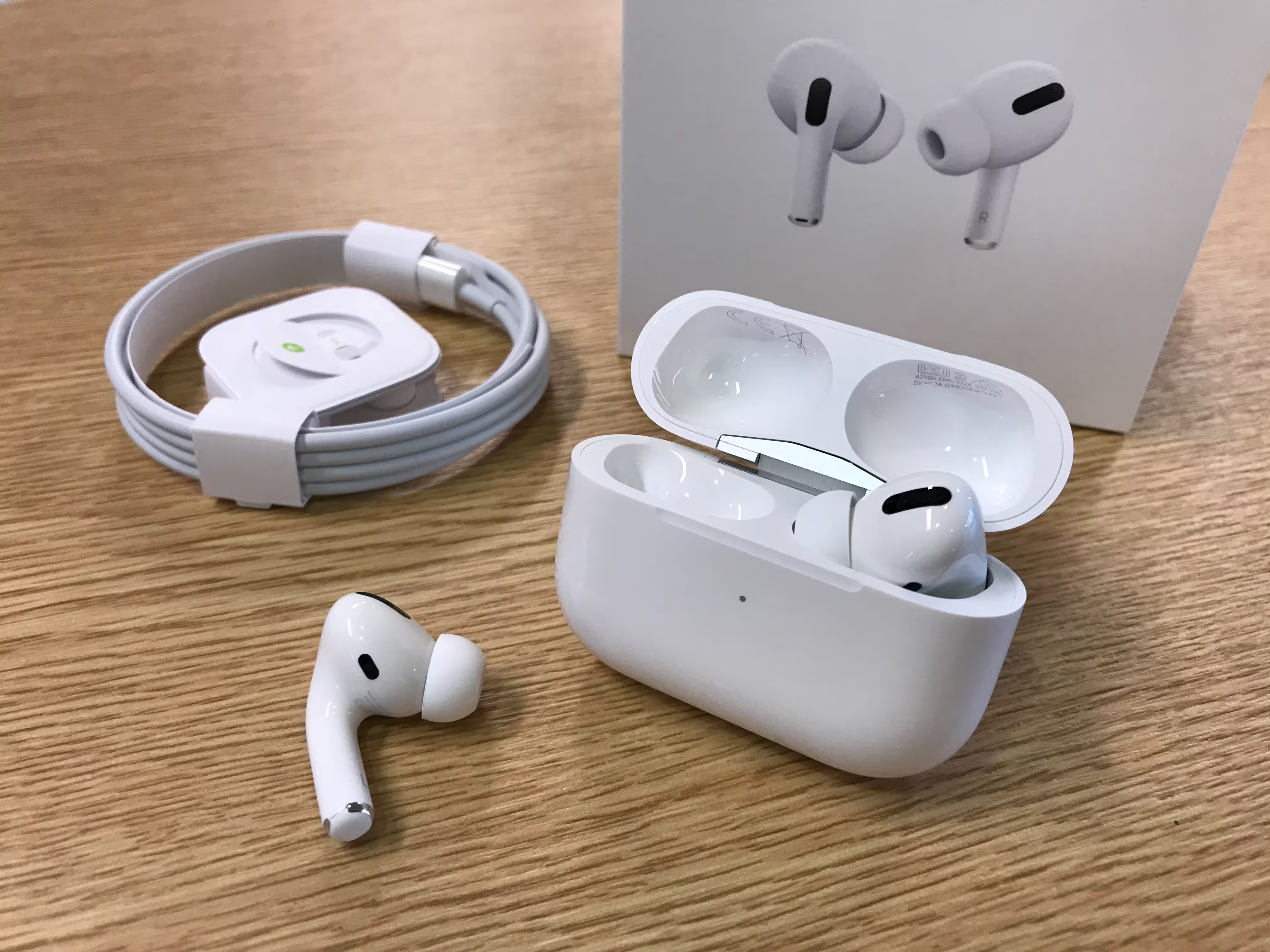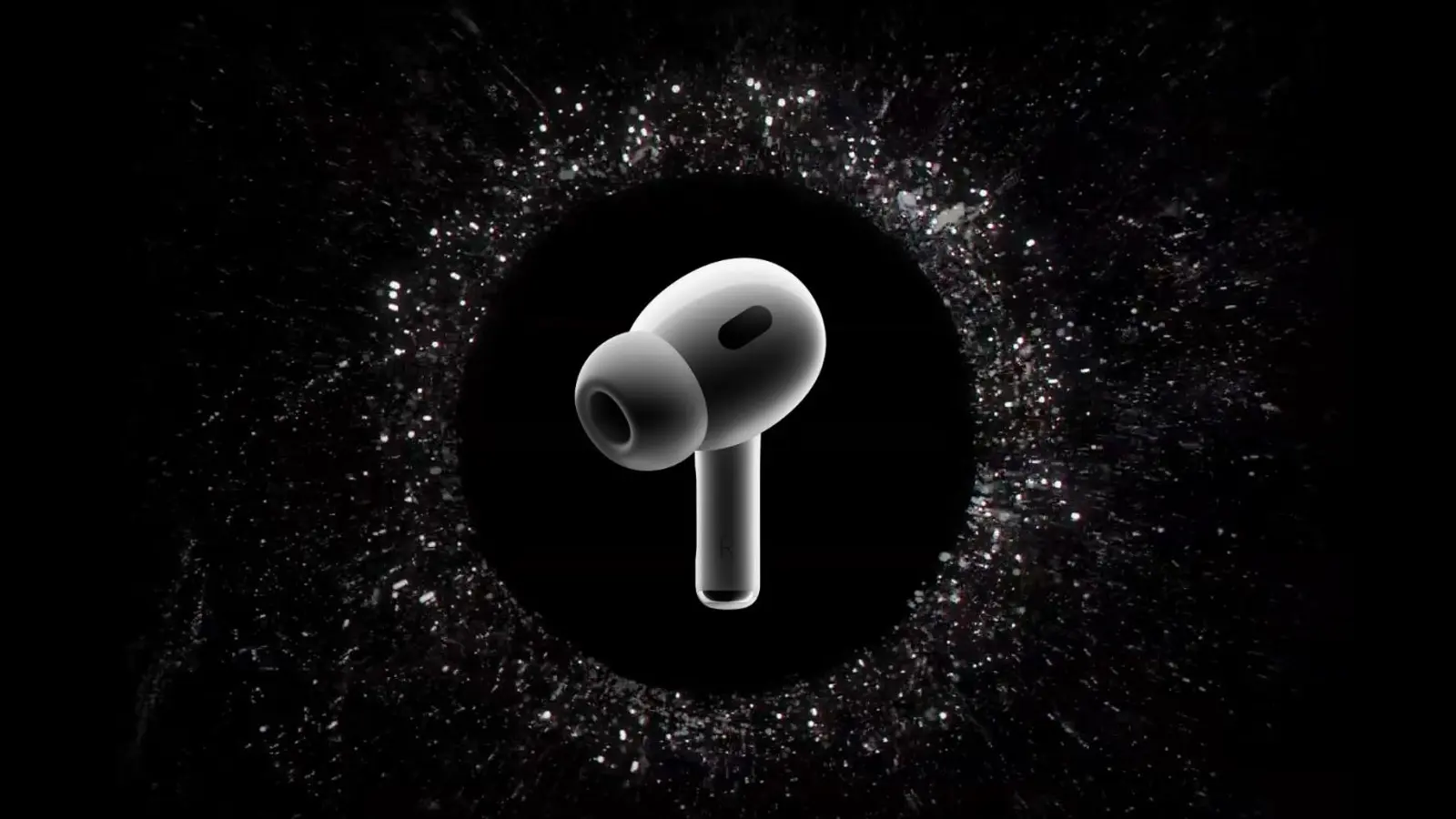4 Minutes
Apple’s next true wireless earbuds: timing and context
Apple is reportedly preparing to unveil the AirPods Pro 3 during its September keynote, but industry analysts say the most transformative hardware upgrade is likely reserved for a 2026 model. If you follow Apple product cycles and emerging audio tech, the next two AirPods generations look set to target two different buyer priorities: immediate improvements in sound, ANC and health telemetry for the 2025 refresh, and a more radical hardware leap — including infrared (IR) cameras — in 2026.
What to expect from AirPods Pro 3
Design and core audio upgrades
Sources indicate a modest redesign for the AirPods Pro 3 with refined ergonomics and improved Active Noise Cancellation (ANC). A custom H3-class chip is expected to power enhanced noise suppression and lower latency for spatial audio, which should translate into clearer calls, better music immersion and more reliable connection across Apple devices.
Health and accessibility features
Apple appears to be expanding health monitoring on its earbuds. Reported additions include heart rate detection, skin/ear temperature sensing and advanced Hearing Assistance features. These enhancements align with Apple’s strategy to push health sensors into wearables beyond the Apple Watch and increase accessibility options for users with hearing impairment.
Why the AirPods Pro 4 could be a game-changer (but you’ll have to wait)
Analyst Ming-Chi Kuo has flagged a bigger hardware update coming in 2026: AirPods fitted with infrared-capable cameras. Patent filings from Apple have already described miniature optical systems integrated into earbud housings. Adding IR cameras could unlock a range of AI-driven features — from contextual gesture detection and improved head/ear tracking for spatial audio to on-device environmental sensing that augments AR and future smart glass experiences.

Feature comparison: AirPods Pro 2 vs Pro 3 vs Pro 4 (rumored)
- AirPods Pro 2: Strong ANC, spatial audio, solid battery life — the current mainstream choice.
- AirPods Pro 3 (expected 2H 2025): Slight redesign, H3 chip improvements, better ANC, heart rate and temperature sensors, upgraded Hearing Assistance.
- AirPods Pro 4 (rumored 2026): All of the above, plus IR-capable cameras for AI/AR sensing, advanced head tracking and potential new interaction models.
Advantages and practical use cases
For early adopters
Buyers who prioritize immediate upgrades in noise cancellation, call quality and health telemetry will find the AirPods Pro 3 compelling — especially if Apple prices them competitively against discounts on current models.
For prosumers and AR/AI enthusiasts
Waiting for a 2026 model makes sense if you want cutting-edge interaction and sensing features. IR cameras could enable hands-free gestures, richer spatial audio personalization and tighter integration with AR headsets or smart glasses as Apple expands its ecosystem.
Market relevance and what this means for Apple
Apple’s staged approach — incremental hardware and health upgrades in 2025 followed by a larger sensor-driven leap in 2026 — mirrors broader industry moves toward embedding more sensors and on-device AI in personal audio hardware. If the IR camera claims hold true, AirPods will evolve from audio peripherals into multimodal devices that bridge audio, sensing and augmented reality, strengthening Apple’s long-term strategy for spatial computing.
Bottom line
The AirPods Pro 3 looks poised to be a meaningful upgrade over the Pro 2 with better ANC, a new chip and health features that add real value. However, the much-discussed IR camera capability likely won’t appear until a 2026 AirPods Pro model. That makes the choice between immediate upgrade and strategic wait a classic trade-off: buy now for improved sound and health tracking, or wait for a potential step change in interaction and sensing with the Pro 4.
Source: wccftech


Leave a Comment